If you have not read part 1, please click here:
Inside the Church
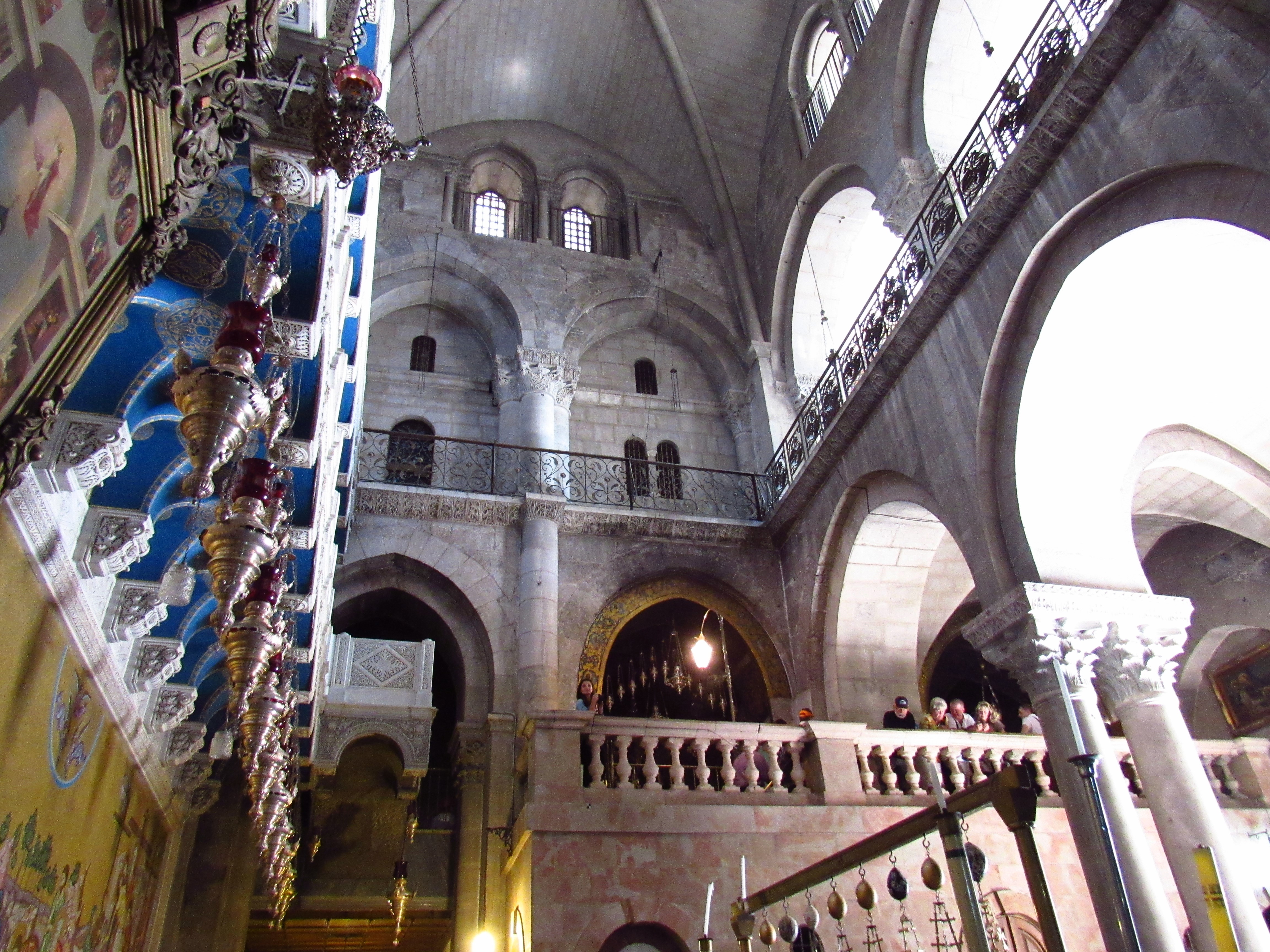
When you arrive at the Church you enter in through double wooden doors. As soon as you enter, there is a staircase on the right side. This staircase brings you to the top of Golgotha. This hill is where they crucified Christ. Additionally, there are 5 Stations of the Cross located inside the Church, Stations 10 through 14. For a full breakdown of all the Stations and a history of the suffering endured by Jesus on Good Friday, please visit my Via Dolorosa post.
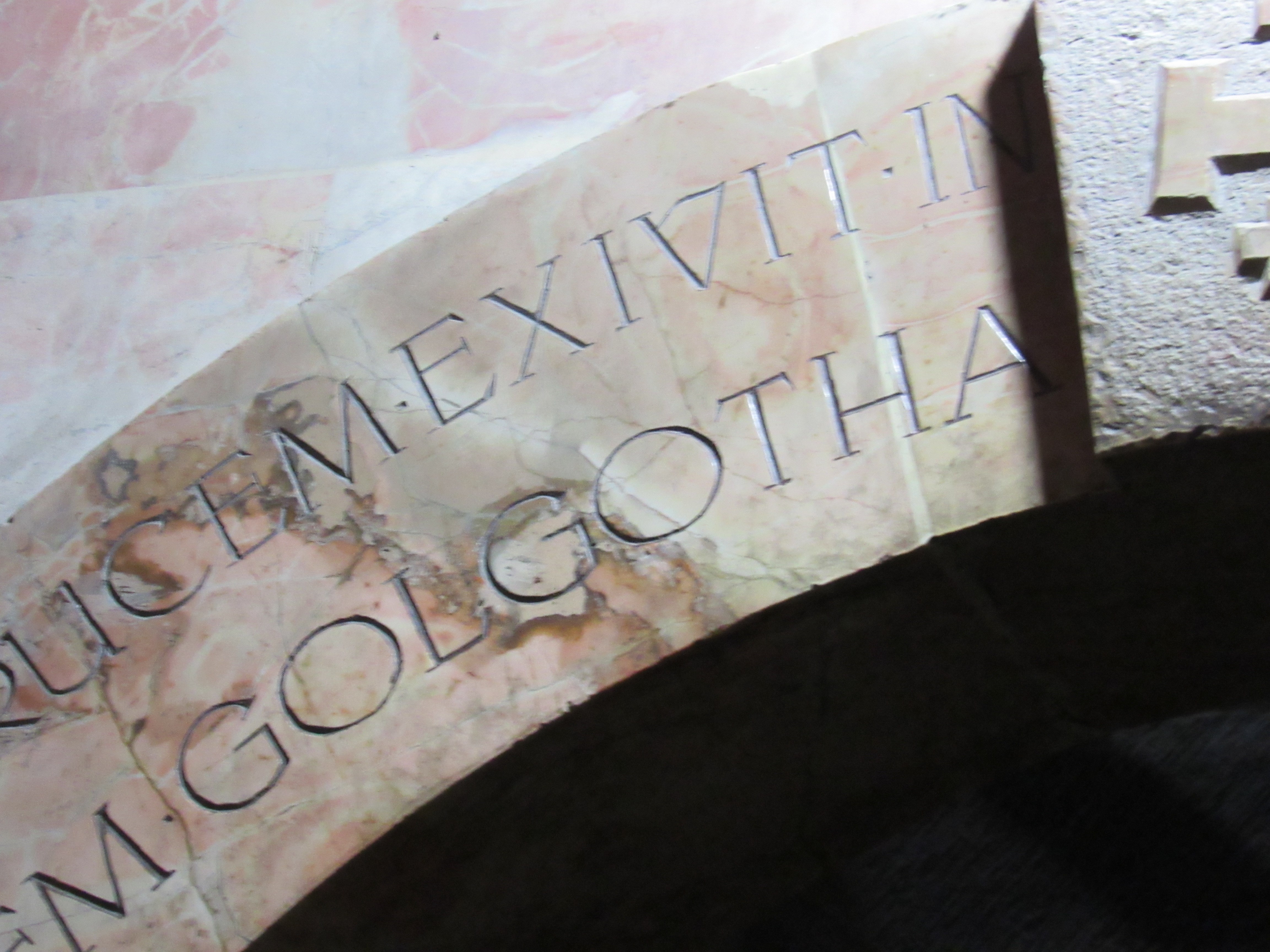
Before going up the stairs, let’s explore the ground floor right inside the doors.
Past the stairs is a small room called the Chapel of Adam. Construction of this chapel area occurred during the original 4th century build, although there has been work done since then. Within this room, behind some plexiglass, you see the exposed rock of the hill of Golgotha. As you look, you can see a crack in the rock. Many faithful Christians believe an earthquake caused this crack immediately following Christ’s death.
Outside the entrance to the Chapel of Adam, sitting on the floor and under some hanging lamps is the Stone of Unction. This is the area where Jesus’s followers started preparing his body for burial. The current stone is not the original and caretakers placed it here in the early 19th century.
Before exploring more, we will climb the stairs to the top of Golgotha. As a note of caution, there are two sets of stairs. The ones closest to the doors are a bit steeper and challenging to older visitors. The set of stairs past the Chapel of Adam more resemble a normal set of stairs.
Golgotha, or Place of the Skull, is the site of Christ’s crucifixion. Atop the stairs you find two areas. The one on the right is the Catholic Chapel. This is where Roman soldiers stripped Jesus of his garments and nailed him to the cross.
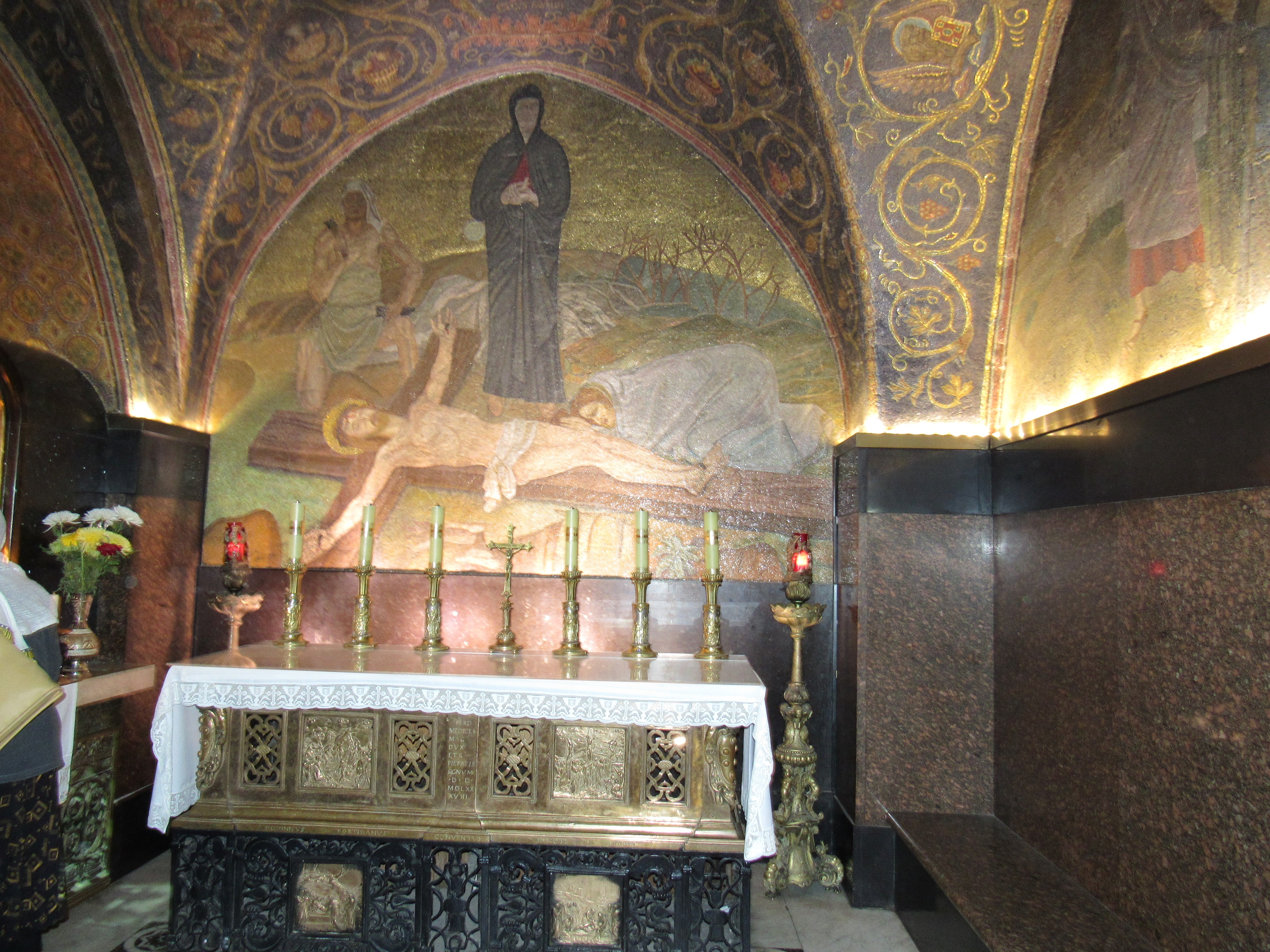
The area in the middle (and the area to the left) is a Greek Orthodox Chapel and the site of the crucifixion. The centerpiece of the Chapel is an alter over the site of the crucifixion. You can kneel below the alter, reach through a hole and touch the top of the rock. This site, as well as the Holy Sepulchre, are the two most visited sites in the Church. Please remember where you are and give reverence and respect for people’s beliefs.
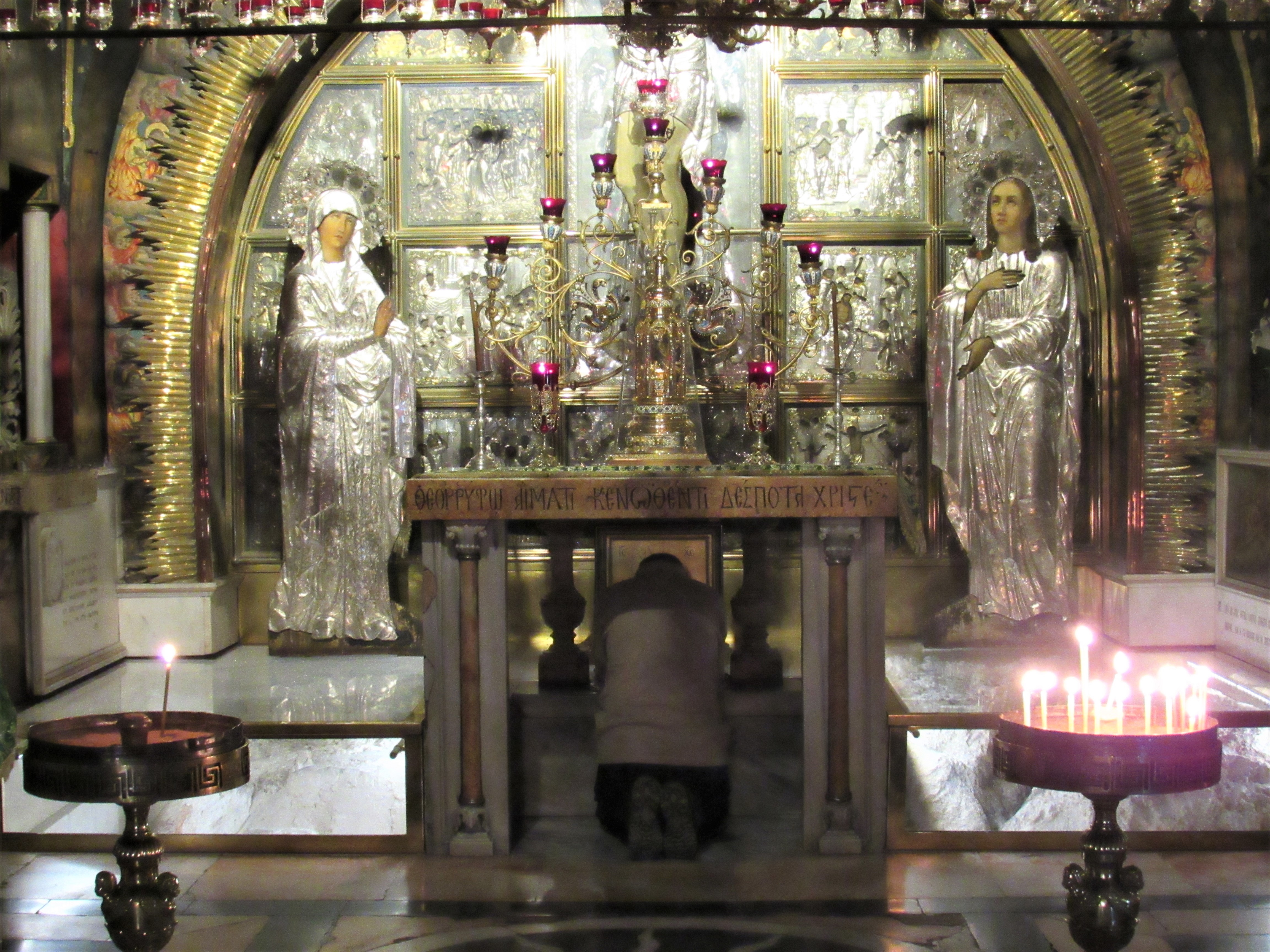
On the far-left side, after you exit the Greek Orthodox Chapel, is a set of candles. This spot is one of my favorite spots to sit and pray. Few people would walk here and I could still see the alter. I would even sit on the floor at times. The smell of incense at any Mass brings me right back to this spot. It is a smell that I got very accustomed to and cherish.
Back on the ground level, we walk past the Stone of Unction towards the left. When we go around the corner, which is the outer wall of the Katholikon, we see a stone Edicule that houses the Holy Sepulchre inside the Rotunda. This spot in the old rock quarry is the tomb of Jesus. Rocks were removed to build the Church, but the Holy Sepulchre is not the only tomb in the Church. On the back side of the Rotunda, in the Chapel of Joseph of Arimathea, is another tomb that is still mostly rock quarried. Please visit this area too to get a better feeling for a 1st century tomb.

The Holy Sepulchre is where Christ was buried and rose again three days later. There is usually a long line to enter. Please see my post on the Holy Sepulchre for a full description. (still in work, please look again later)
Directly in front of the doorway to the Holy Sepulchre is the Katholikon. This is where Crusaders built a church. The Katholikon is now a Greek Orthodox chapel.
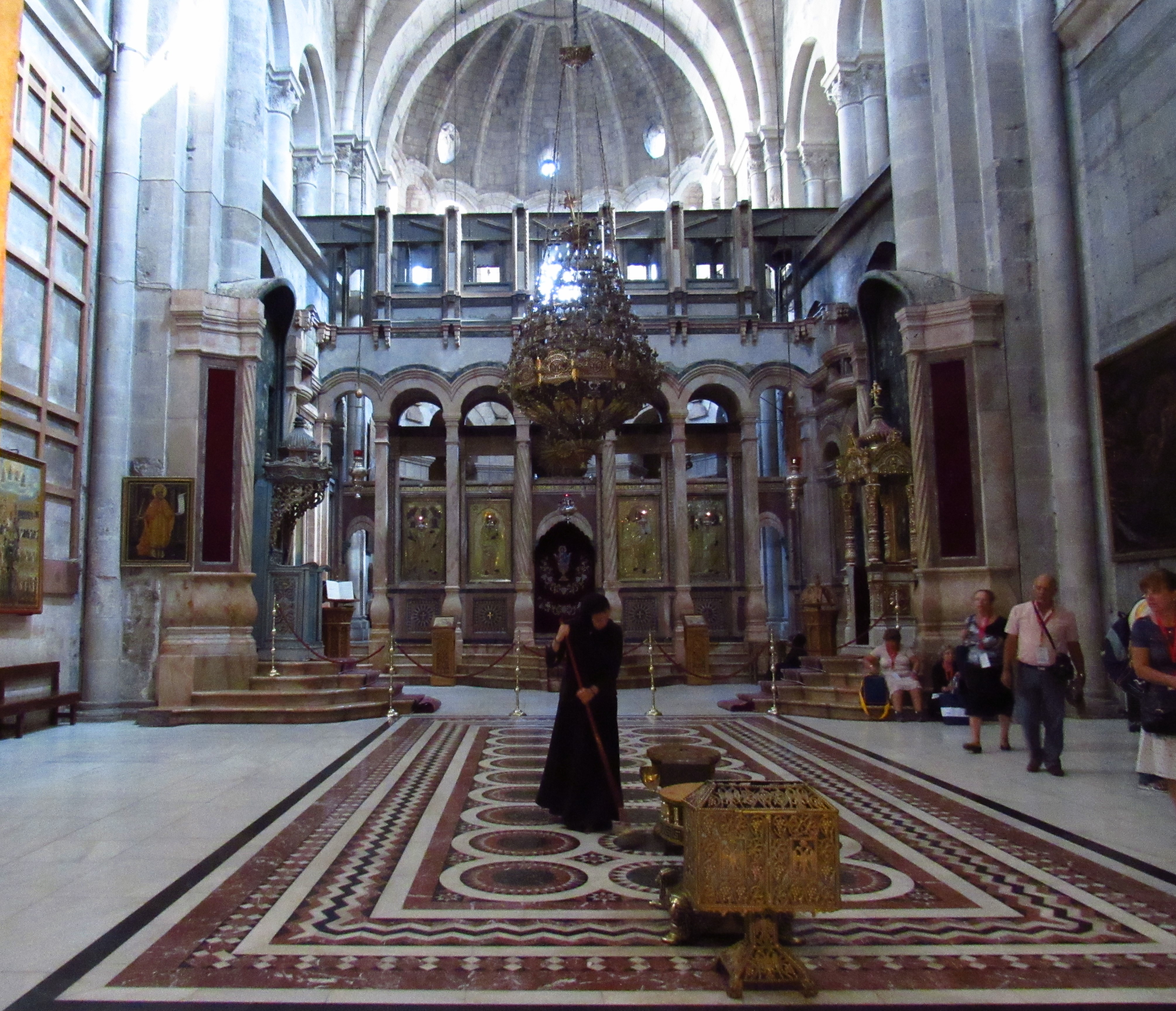
Just past the Holy Sepulchre and outside the Rotunda, you walk into an area that has an alter to St Mary Magdalene. Straight forward there is a set of doors leading to the Catholic Chapel of the Apparition. Tradition holds this is where Jesus appeared to his mother, Mary, after his resurrection.
Turning right, and on the other side of the Katholikon, you are in a hallway. There are several chapels (really alcoves) and paintings that go around the Katholikon.
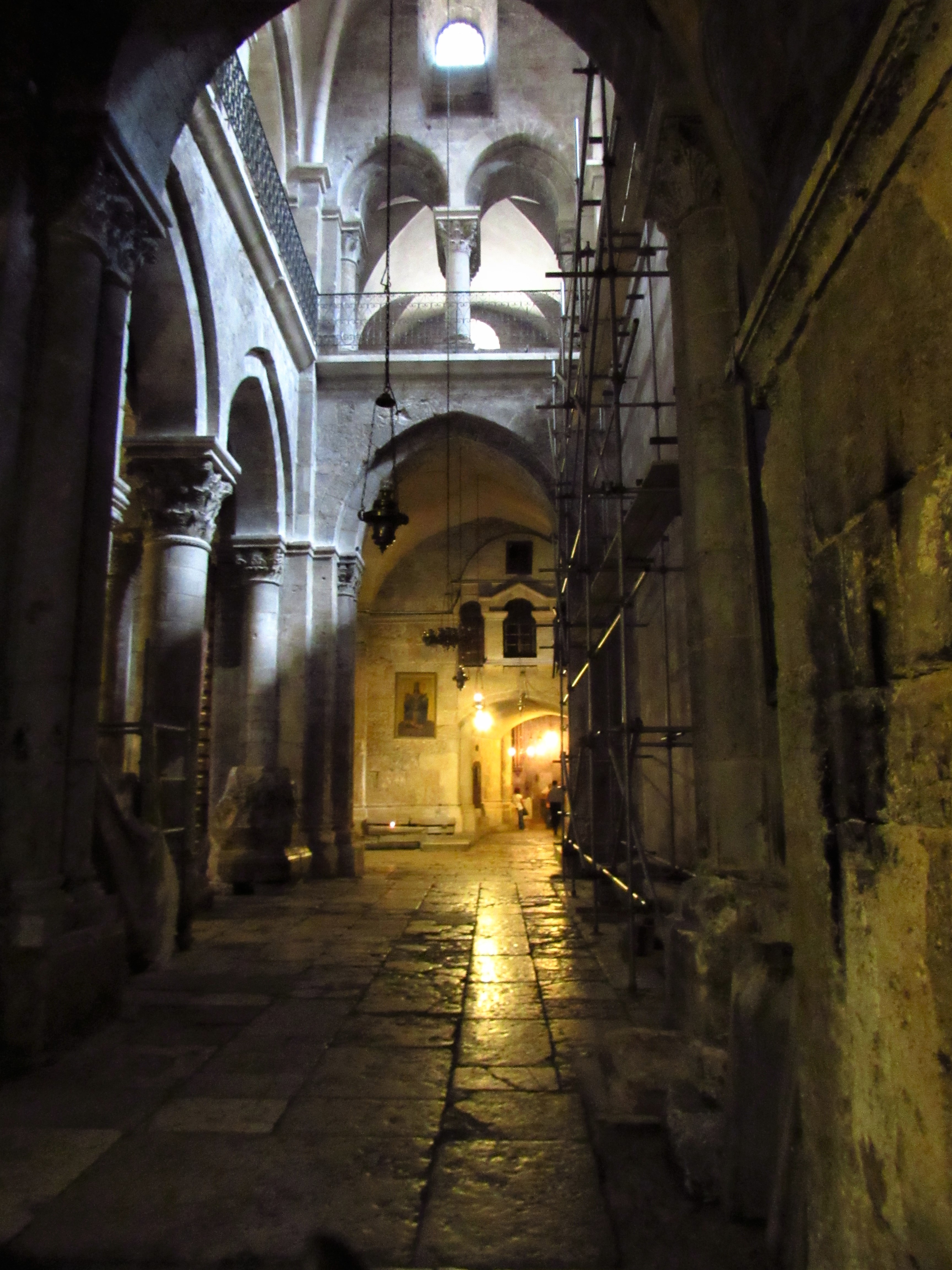
On the opposite side of the Katholikon, is a set of stairs that lead downstairs. Along the walls of these stairs you will see crosses etched into the stone. Crusader soldiers carved these crosses.
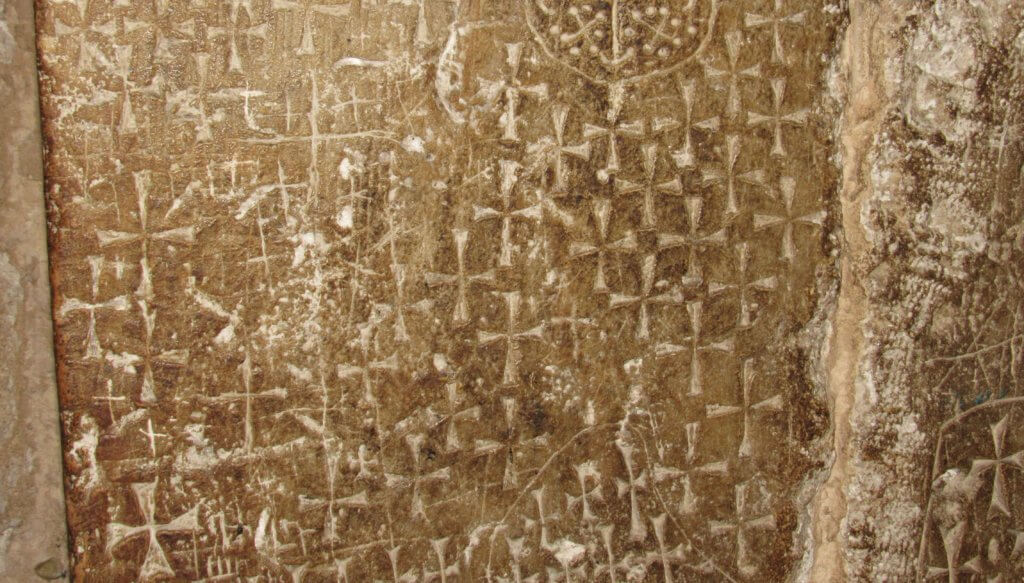
The stairs lead down to two chapels. The first is the Chapel of St Helena, and the lowest one is the Inventio Crucis Chapel. The lowest chapel, used to be a cistern, and is the location where St Helena discovered the cross used to crucify Jesus.
Back on the ground level you pass a couple more alcoves, then you can enter the other entrance to the Chapel of Adam, followed by the second staircase to the top of Golgotha. After the staircase, you are back to the Stone of Unction. You have completed the circle around the Church of the Holy Sepulchre. There are other rooms inside the Church, but they are for the Christian caretakers and staff, thus are not accessible.
At night, there is a small ceremony as the neutral Muslim party closes and locks the door. Then they send the ladder back inside until morning.
This is, by far, my favorite spot to visit in Jerusalem. I was honored to be there for Ash Wednesday, Good Friday and Easter Sunday. I arrived before the doors opened in the morning occasionally, and a time or three I left right as they locked the doors for the evening. I highly recommend you visit and explore the Church of the Holy Sepulchre. As always, I wish you good luck traveling.
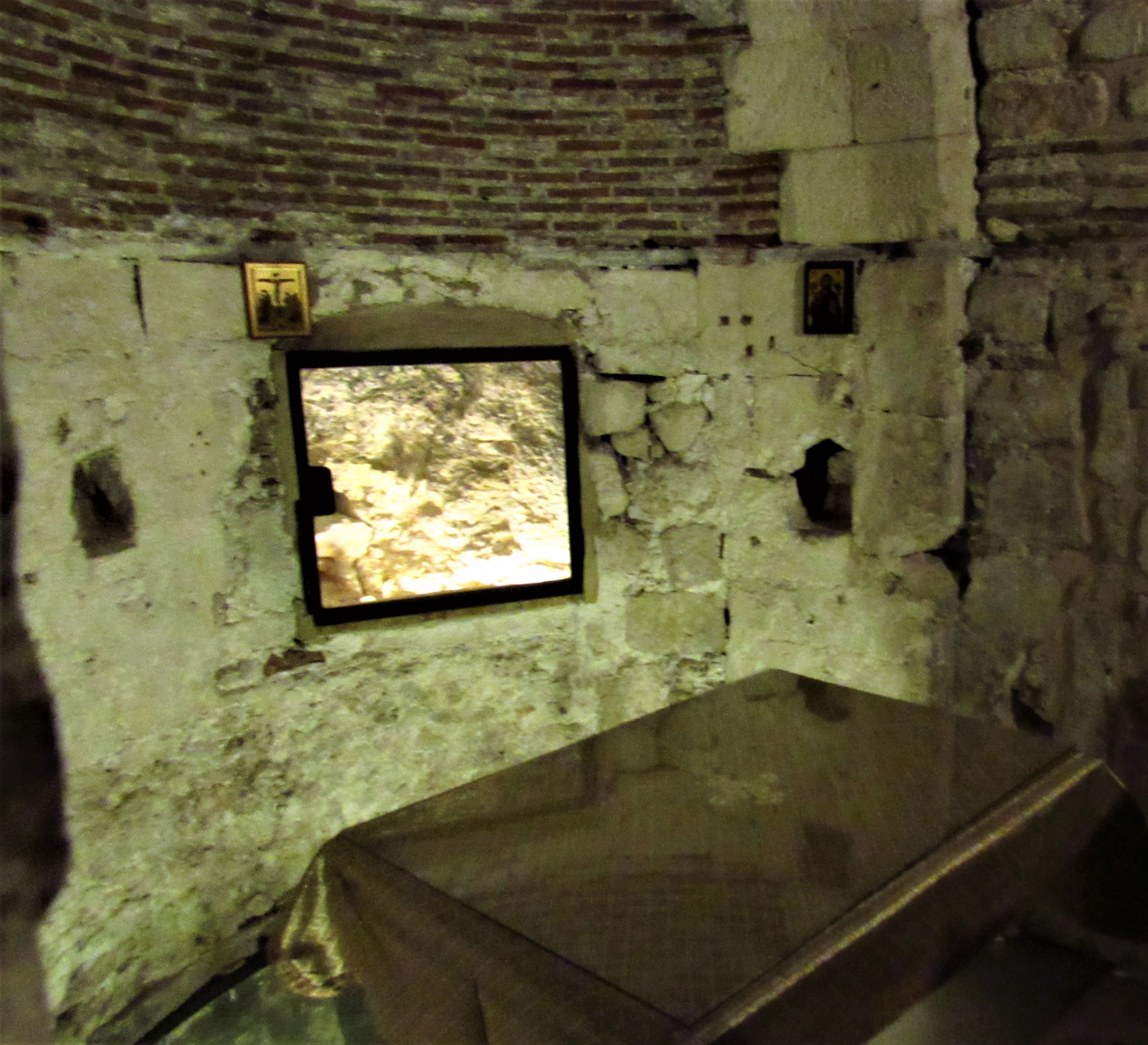
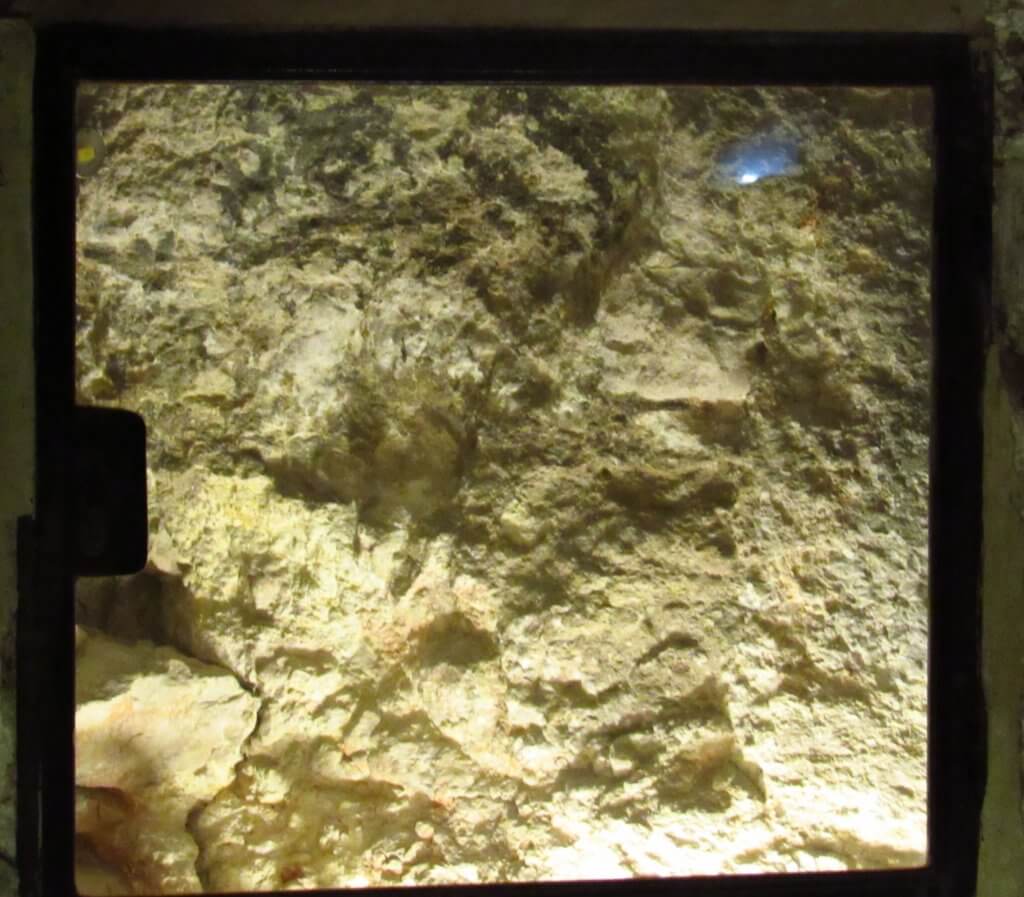
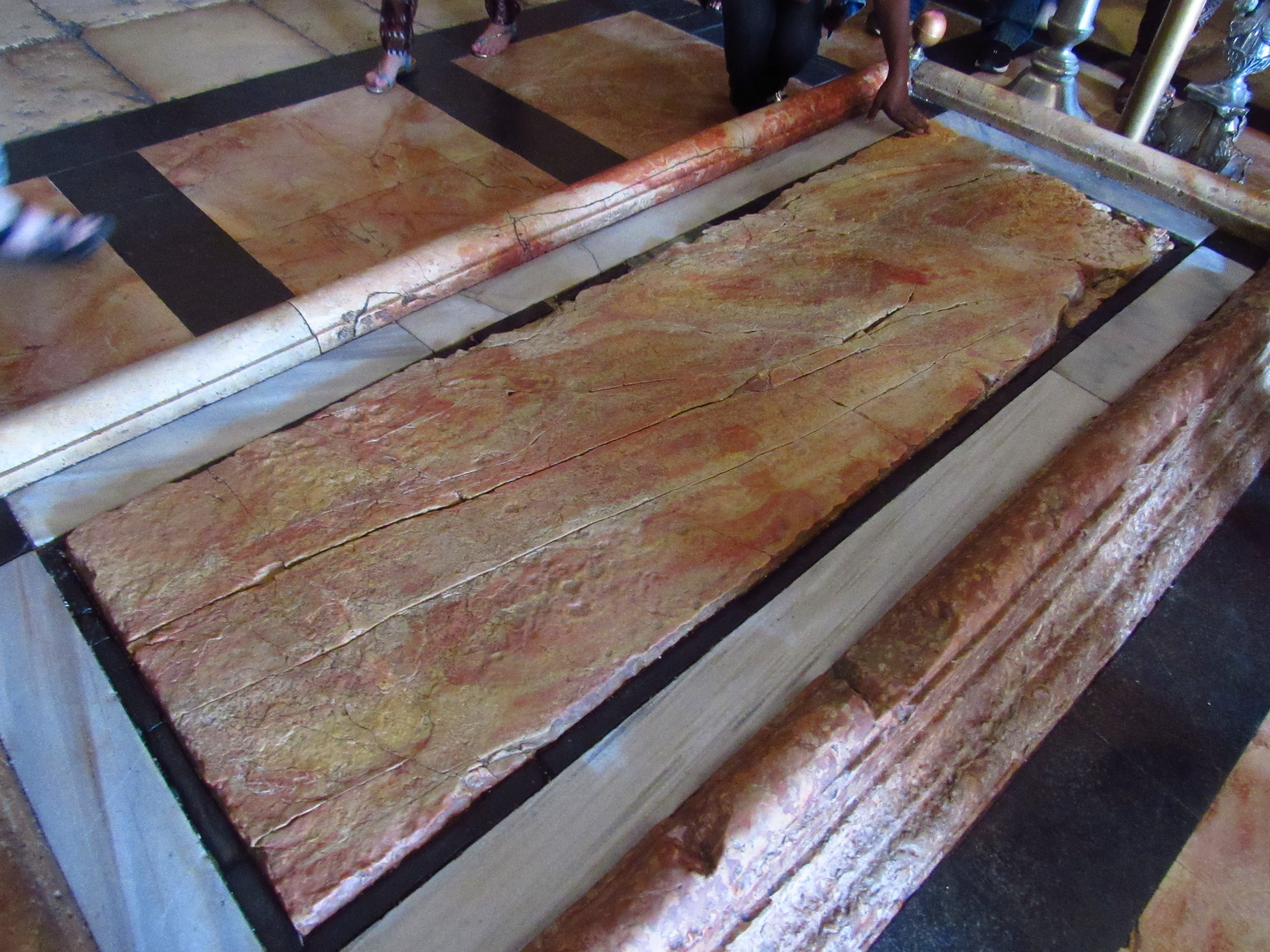
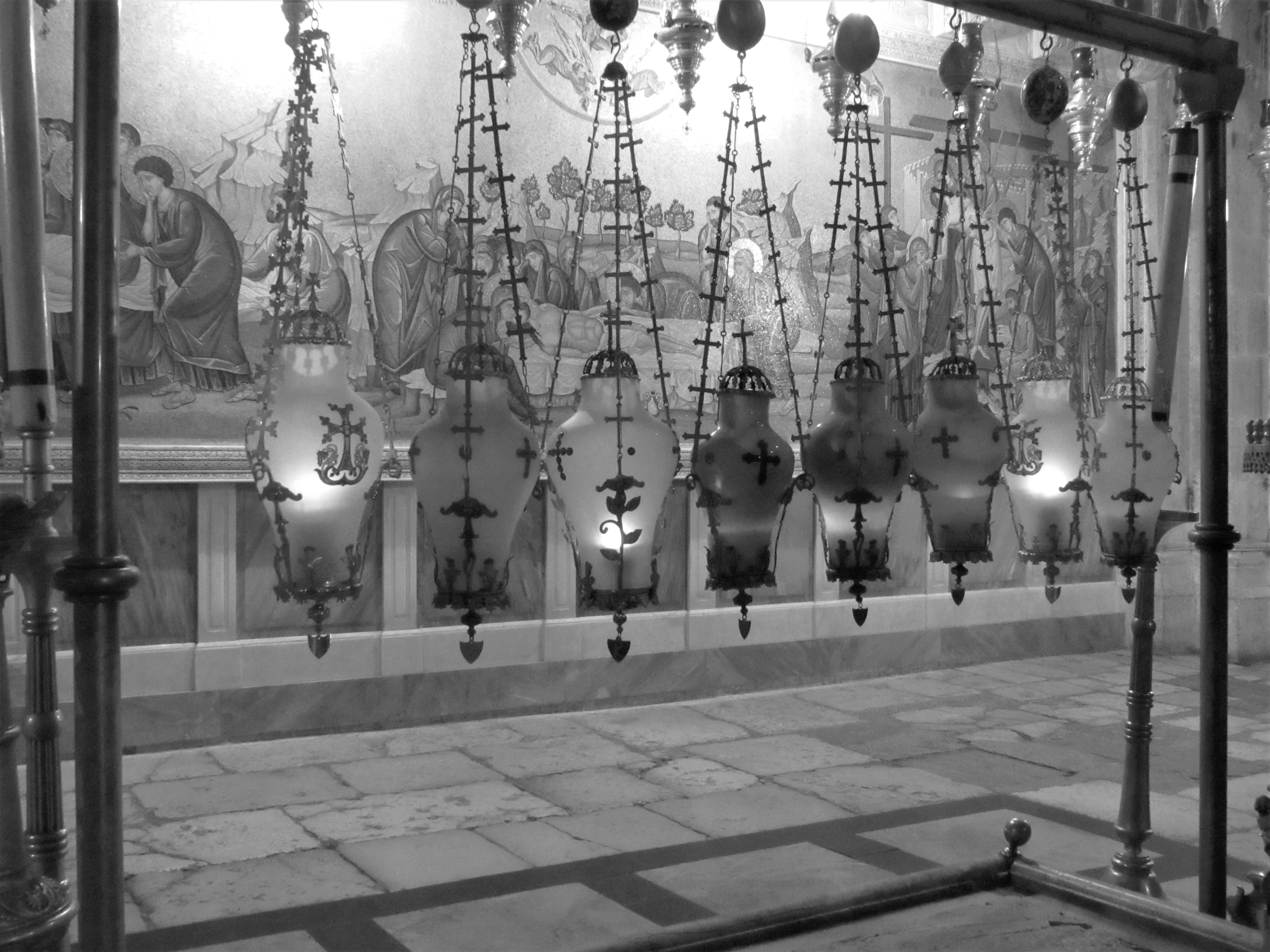

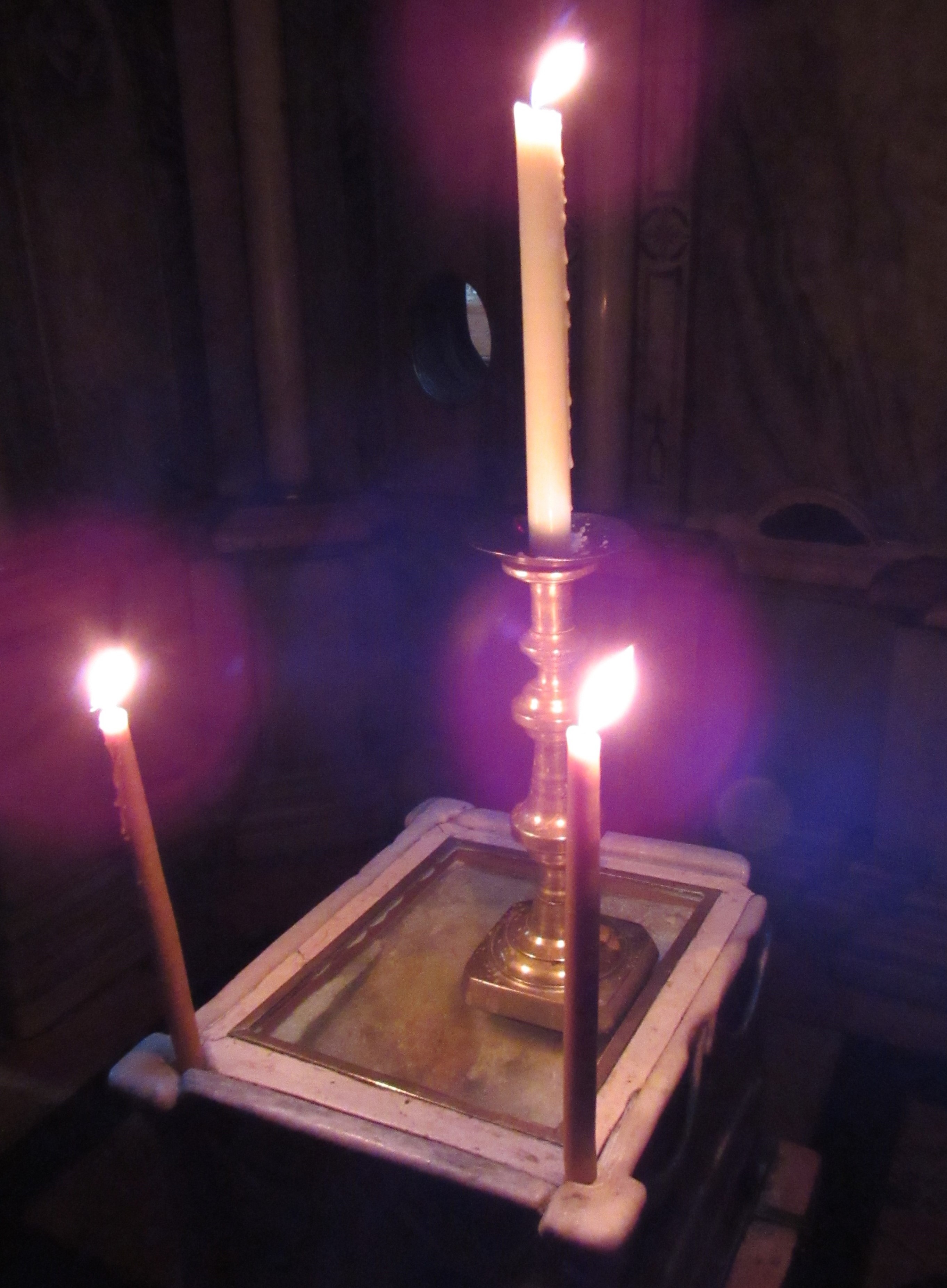
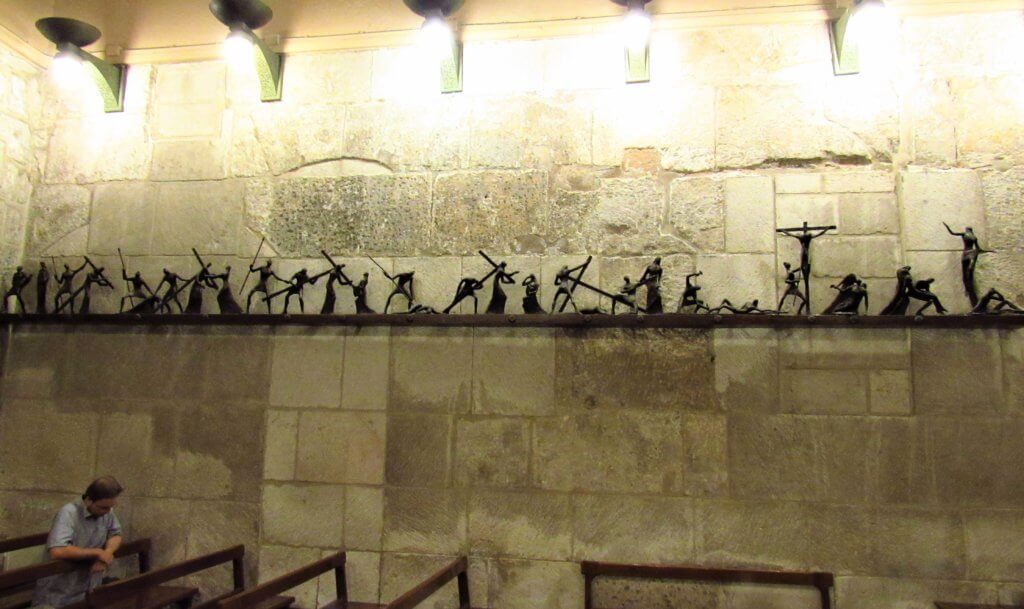

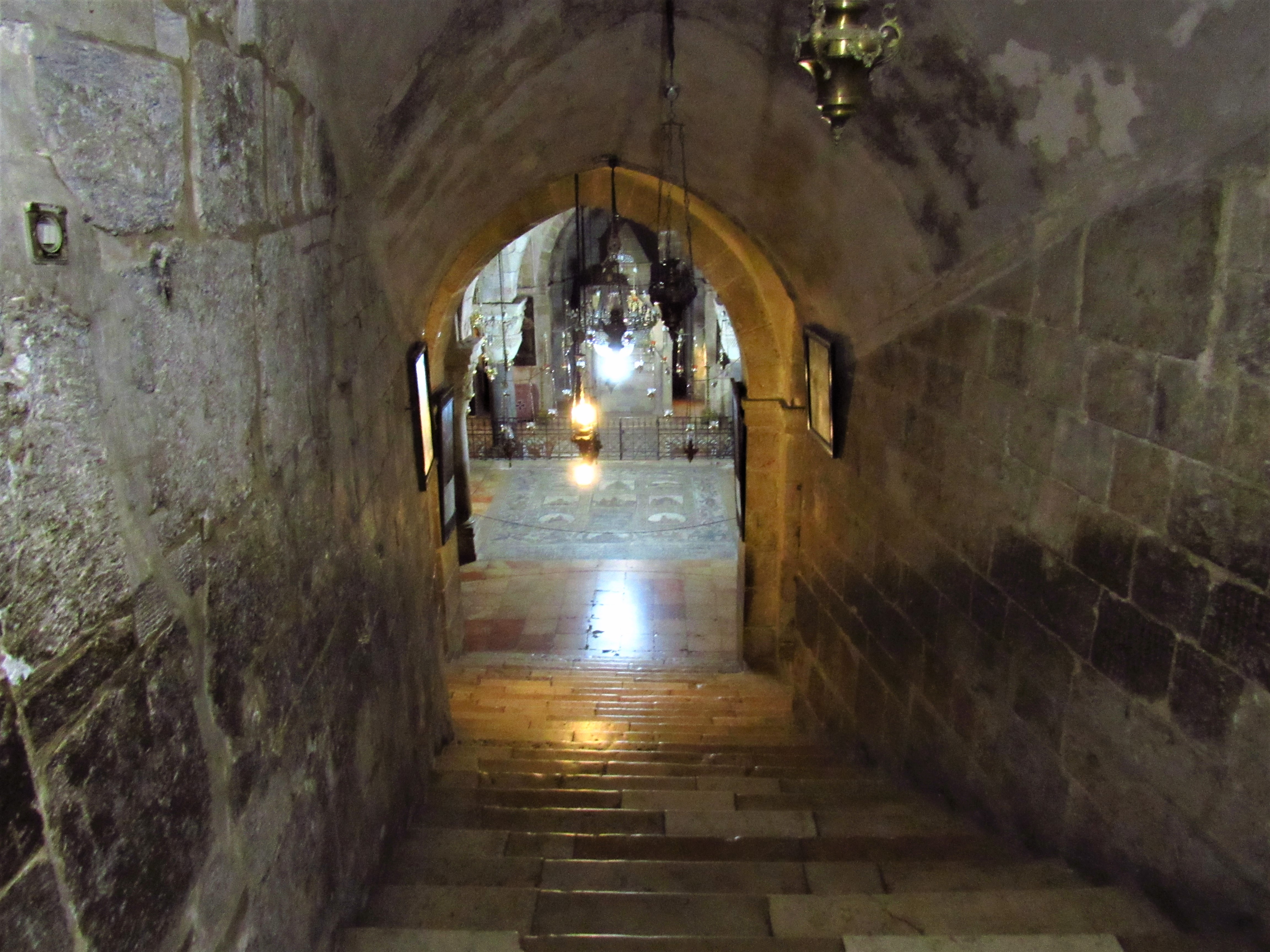
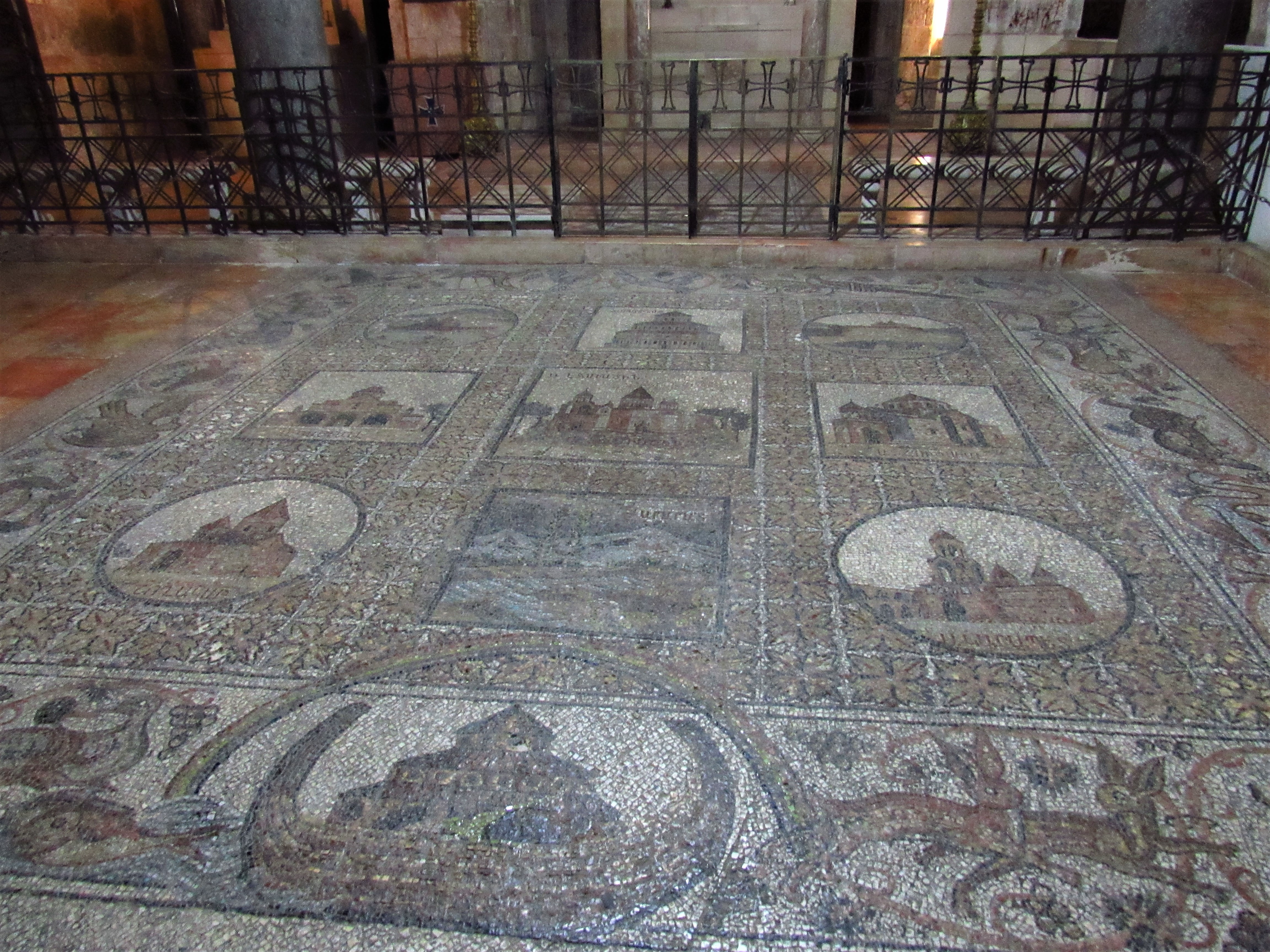
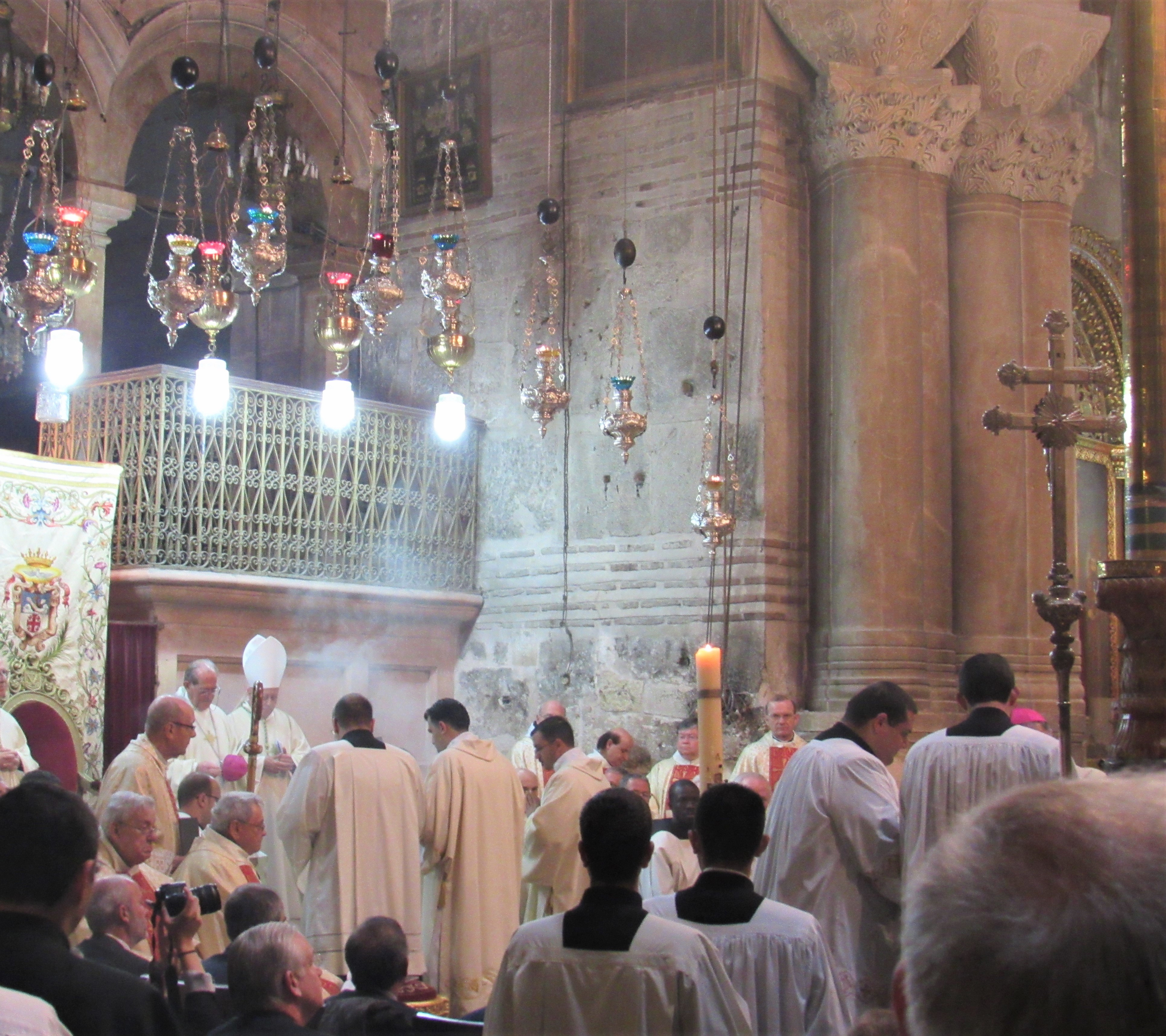
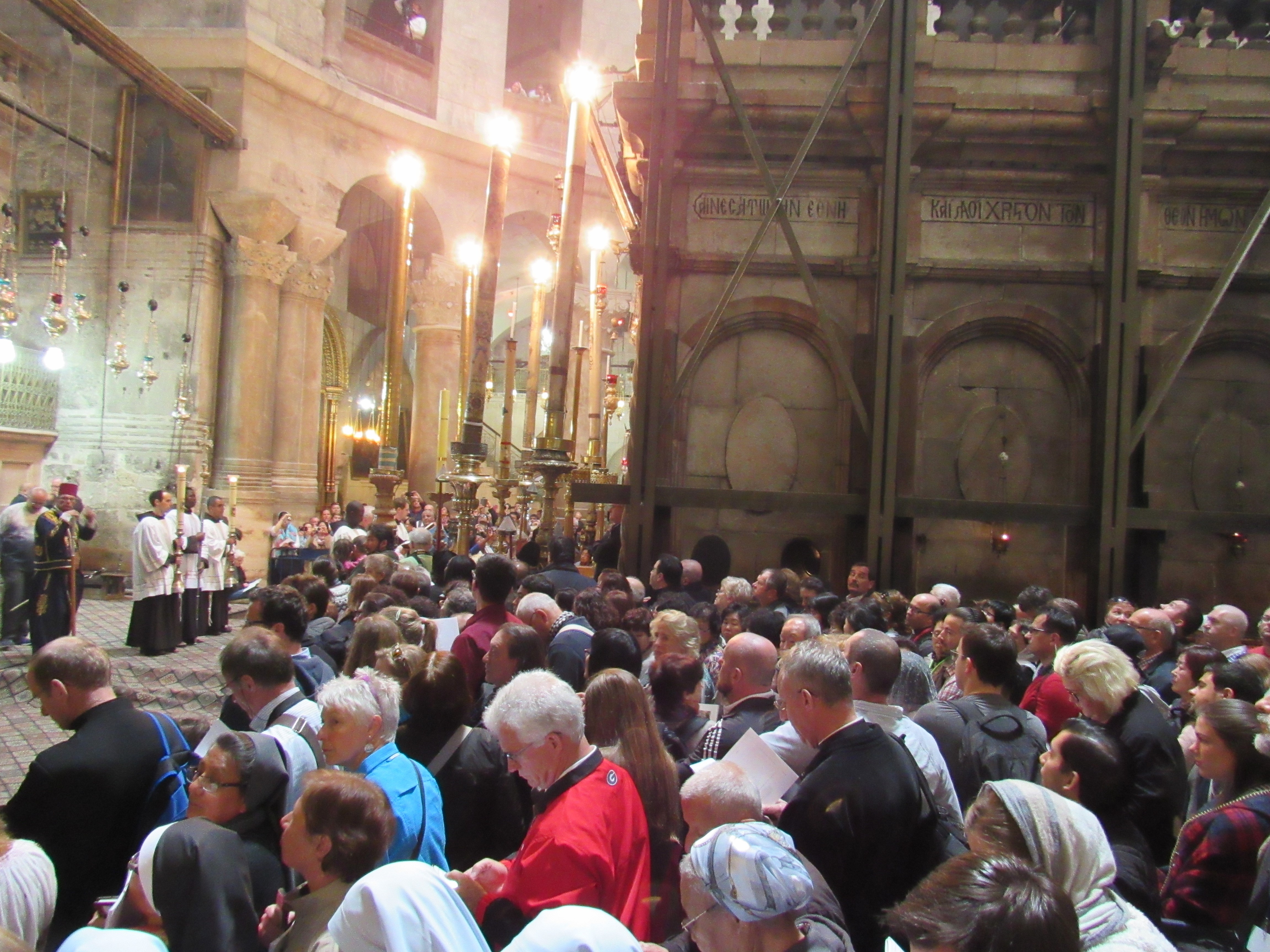
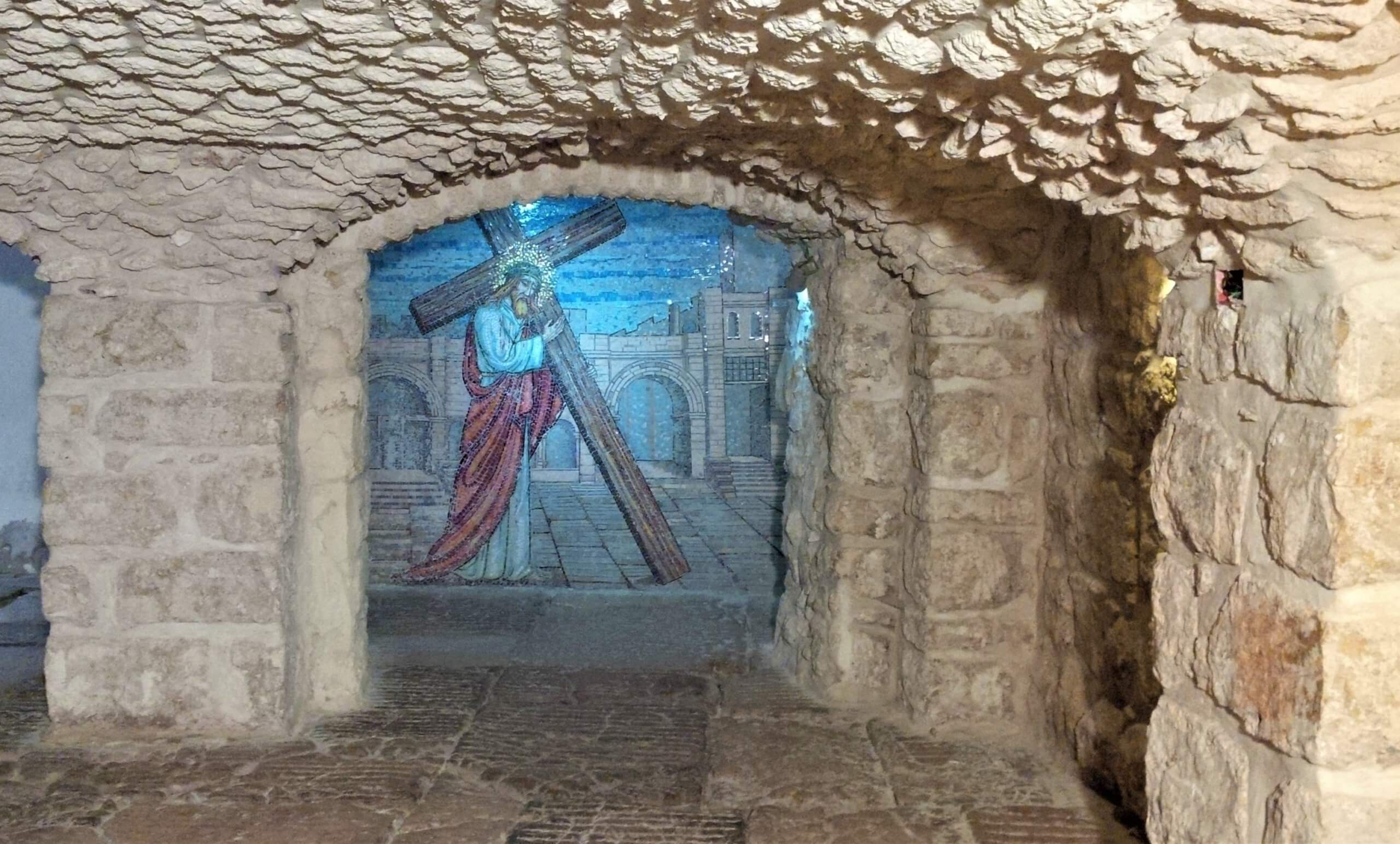
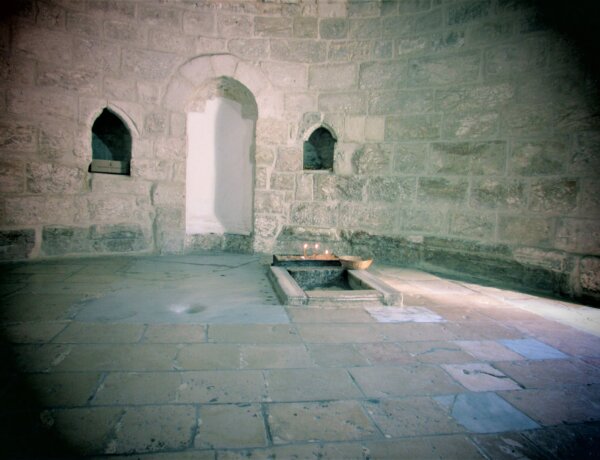


2 Comments
Church of the Holy Sepulchre Part 1 - Beyond Last Week
March 8, 2020 at 9:31 pm[…] Church of the Holy Sepulchre Part 2 […]
Via Dolorosa - Beyond Last Week %
April 1, 2021 at 9:01 am[…] three days later. Please visit my two posts about the Church of the Holy Sepulchre Part 1 and Part 2 for a more detailed description about […]